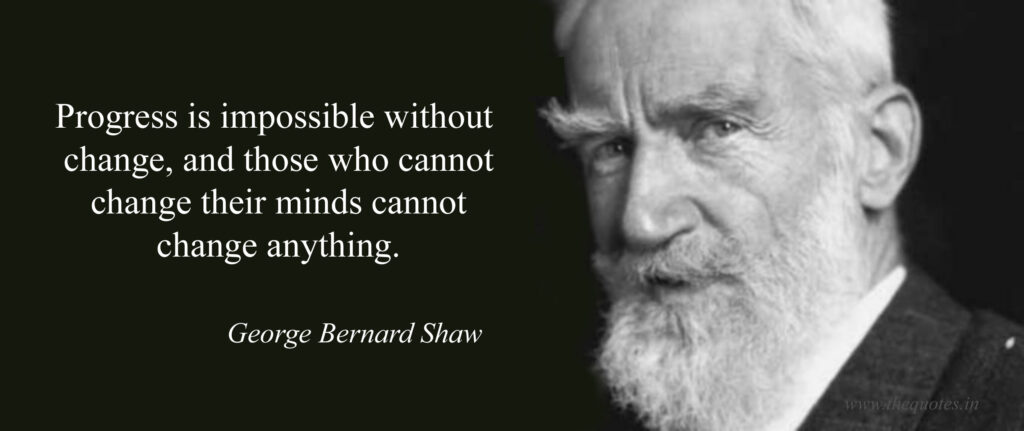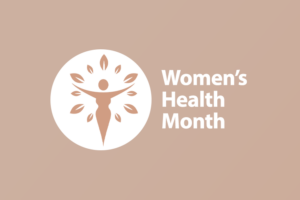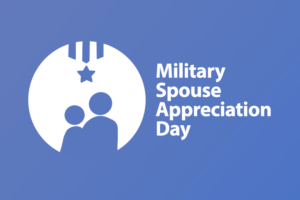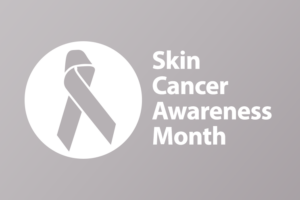Jim Starr | January 17, 2018
The State of the 2017 CFC
The Known, the Unknown, and Everything In Between
As the 2017 Combined Federal Campaign (CFC) draws to a close and articles circulate heralding poor results, it’s a good time to reflect on the Campaign, which affects so many – not just America’s Charities’ nonprofit members, but thousands of charities across the country, and most importantly, their beneficiaries who depend on the programs and services that this revenue stream makes possible.
What Is the CFC?
The CFC is the federal government’s workforce giving program, the largest in the world, raising more than $8 billion for nonprofits since 1961. The CFC is run by the Office of Personnel Management (OPM). Approximately 4 million federal employees are solicited annually, and like all workplace giving models, the revenue generated is more sustainable than traditional giving paths because employees can deduct donations from their paychecks all year long – making a donor more likely to give more over time with less of a noticeable impact to his or her bottom-line, since a little is taken out all year long.
Necessary Growing Pains
Change is inevitable. This is true for the CFC, which has shown a decline in pledges as well as in donor participation. The truth is that the American donor is changing, and the federal government must change to keep pace with modern mindsets.
The government first published the final rule change in 2014, but the rule took effect for the 2017 Campaign. At the onset, we knew that there would be some frustration. Change rarely comes without growing pains. As we’ll talk about a little later, we believe that the OPM bit off more than they could chew in 2017, however, there are many positive aspects to the change. For example, centralizing certain processes as well as moving giving online, gradually over a five year period, is a very beneficial change – for nonprofits as well as donors.
One thing is certain: despite a steady decline, the CFC has always been, and continues to be, a vital source of revenue for nonprofits. America’s Charities inspires employees and organizations to support causes they care about, and the CFC is one of the three workplace paths in which America’s Charities helps nonprofits fundraise. We are uniquely positioned to support our nonprofit members in fundraising through the CFC, as the America’s Charities team has more than 30 years of combined experience working with and for the CFC. From interpreting rule changes, to advocating for our members, to inviting OPM leaders to speak directly with our nonprofit members, our goal is to know the ins and outs of the CFC and help our members navigate the sometimes complex program. Our goal is to help nonprofits fundraise effectively and maximize their workplace giving strategies.
What We Know
In 2016, the CFC generated $167 million with a 10.7% participation rate. Beginning with the 2017 CFC, a new set of rules took effect. There were some articles published during the week of January 8, the last week of the 2017 Campaign, which predicted a further decline. The team at America’s Charities continuously and actively monitors Campaign results to determine next steps. As of right now, we know that the implementation of certain provisions of the new rules proved challenging in practice. It is evident that the CFC team tried to implement too many changes at once, including a change in technology, a new Campaign structure, a new fee structure, volunteerism, and solicitation of retirees.
We also know that the upfront application fee prohibited many nonprofits from applying to the 2017 Campaign. These were mainly smaller, local organizations. Of the participants in the 2015 CFC, more than 60% of participating charities received no designations in the Campaign. We believe this was part of the rationale for the application fee. The team here is hopeful that if a portion of the decline is due to fewer charities participating, then perhaps those who are participating will not see as much of a decline. More eyes on fewer charities are good for those charities who are participating.
What We Don’t Know
We expect the CFC to perform lower this year overall, but we are not yet sure by how much as we have heard that there is a paper pledge processing backlog, some agencies have yet to report, and we do not know the impact of retiree participation yet. We just don’t yet know what that impact may be for charities, including our members. We also are not yet clear on the impact of volunteerism and retiree participation in the Campaign, although we do know that the solicitation of retirees got a later start than anticipated. We are cautiously optimistic that there will be some positive impact despite the late start.
In short, it is safe to assume there will be some decline due to several factors, including the program changes. We believe that some of the glitches that occurred this year were a result of the rushed implementation of many different, critical aspects of the program and that many of these have been or will be resolved moving forward.
Now What?
Overall, we are supportive of the federal government investing in its workplace giving program and working to improve the program overall. As we have been doing for our nonprofit members since the rule change was first published, America’s Charities is advocating on their behalf, working internally to gather all facts as they become known in order to debrief on the past Campaign season and determine next steps. We will continue to do so, and we welcome conversations with our members as we work to optimize fundraising across all workplace giving paths.
Above all, we know the work of nonprofits matter, and they deserve sustainable funding to continue their good work. Nonprofits work for decent housing, fair wages, safe food, clean water, quality health care, positive public policy, and thousands of other vital programs that benefit people, places, ecosystems, and communities across the planet. America’s Charities knows that the need for nonprofits’ vital services is ever-growing, and America’s Charities is, and will be, ever-tireless in our work to help you access sustainable revenue.
Jim StarrPresident and CEO, America’s CharitiesJim Starr is president and CEO of America’s Charities. As an accomplished leader with more than 25 years of experience and a proven track record in the nonprofit and healthcare sectors, Jim has served in national and field executive leadership roles with multi-million dollar revenue and expense targets. He has led efforts to bring corporations and nonprofits together in meaning and impactful ways. He also brings a wealth of experience in strategic planning, business development, and partnerships. Watch Jim chat with Ron Vassallo with our partner Kaptivate in this video podcast about how nonprofits with limited resources can maximize their engagement in workplace giving campaigns like the CFC. |

Get Resources and Insights Straight To Your Inbox
Explore More Articles
Get Resources and Insights Straight To Your Inbox
Receive our monthly/bi-monthly newsletter filled with information about causes, nonprofit impact, and topics important for corporate social responsibility and employee engagement professionals, including disaster response, workplace giving, matching gifts, employee assistance funds, volunteering, scholarship award program management, grantmaking, and other philanthropic initiatives.





